That tiny spec of dirt in your paint job costs you a lot more time and money to remove than it would have to prevent it.
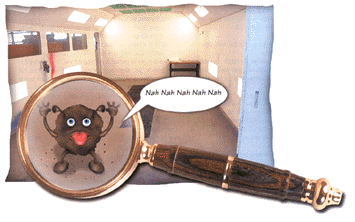
In The Big Book of Painting, page 2,344, paragraph 6, the author explains “The Rule of Dirt”:
“All dirt comes to you. But from where? you sayeth. I sayeth, that in keeping with the balance of the universe, that the dirt shall come equally from the three involved parties: one-third from he who paints; one-third from that which is painted; and one-third from the place where ye painteth.”
So sayeth the great painter.
How many times I wished there were such a book! Though the book itself isn’t real, the advice is: Dirt in the paint typically comes from three places.
The Place Where Ye Painteth
In most shops, any and every problem arising from the painting or refinishing of a vehicle is the responsibility of the painters. As if getting all those cars done (that the bodymen sat on until Thursday) wasn’t enough, the boss expects every one of them come out perfect. “I spent $65,000 on that booth,” bellows the boss, “and I never want to see a speck of dirt again.”
When I hear that, I think, “There’s one more spraybooth salesman I want to meet someday.” But the boss means it, and life sure is better when the boss is happy.
What the booth salesman should have said – instead of promising a mistake-free future – is this: “Hey fellas, I’m the booth salesman, and your boss was kind enough to buy this here booth from me – but it’s for you guys to enjoy. There are, however, a few things you ought to know before you go getting your hopes up and throwing away your buffers. I’ll write ’em down so you don’t forget:
- This booth is big, pretty, fancy and expensive, but don’t forget it’s only a tool.
- Like all tools, this booth needs to be cared for if you want it to keep working.
- Keep an eye on the gauges, and change filters when indicated.
- Don’t try to save by buying cheapo filters after I leave. You get what you pay for.
- Never open the doors on this booth without the fans running. The ceiling filters were designed to keep dirt from passing through them. If an updraft blows dirt from the floor or the shop onto the bottom of the filters, you’ll see that dirt again in your paint work. Guaranteed!
- Remember this is a paint booth, not a “sanding/finish the body work/oops! only one more spot/how’d I miss that? I’ll get it now” booth. If the vehicle isn’t ready to spray, don’t bring it in the door.
- When painting, the car, the painter and the paint are the only occupants in the booth.
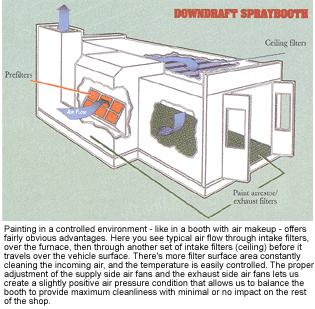
While we’re discussing the painting environment, it stands to reason that the compressed air supply that feeds the spraying equipment should be clean, dry and well-filtered. And because the last link in the air-supply chain is the air hose that you hook to the gun, think about the size and make sure it’s big enough to feed air to the gun you use. Typically, a 3/8-inch hose will get the job done.
Buy a good hose, keep it wound off the floor, and make it a point not to drive or roll cars over it. This can break down the inner lining of the hose – and add unwanted effects to your paint work.
You also might want to experiment with the numerous booth wall and floor coatings on the market. None of them is a cure-all, but depending on how things are done at your shop, one of these products could contribute to cleanliness and impact performance.
As long as you realize the booth is only a part of the dirt issue, it can’t hurt to try to see if any improvements can be made.
That Which Is Painted
On to the vehicle, the next third of the equation – and certainly the most variable. That young vehicle owner meant well when he wiped the steering wheel, dash, seats, tires and all the weatherstrips down with that silicone-rich dressing. The fella at the parts store told him it would do whole bunches of good. Those rubber and genuine vinyl parts could last forever!
And hey, that new car salesman told him that the “whirly-pearly/candy-apple/super shiny/never before/only on your car” color was easy to touch up. (I actually heard that at a new-car show five years ago in Cleveland with a white pearl Cadillac.)
But we know better. And when you reach the point where you realize every car is a bride, you start examining the way you approach each car and develop habits. Good habits, that is. Good habits keep vehicles moving in and out of your paint department like clockwork.
In talking to painters, I’ve heard the following mentioned repeatedly:
- Power wash the vehicle. Pay particular attention to the underside, the engine compartment and the wheel openings near the refinishing operations.
- Consider the sticky kind of masking liquids – these seem to be a favorite. Users believe they isolate existing dirt and continue to trap dirt through the entire refinishing process. This isn’t to say the dry types don’t have their fans. These products also trap and hold dirt that would otherwise show up in your paint job.
- Use quality masking tapes and masking papers. The lure of low price is ever-present, but the downside are noticeable increases in paint contamination and adhesive residue that needs removed after the paint job.
- Carefully inspect parts and body work before the vehicle is released to the paint department. Everybody gets tired of painting the wrong parts, and we shouldn’t be doing finish body work in the paint shop. It’s one source of problem dirt – and production slowdowns – that painters can live without.
- Consider grounding the vehicle with chain or alligator clips and wire to reduce/remove static electricity. I used to do it, and if you don’t trip over the chain or wires, what can it hurt?
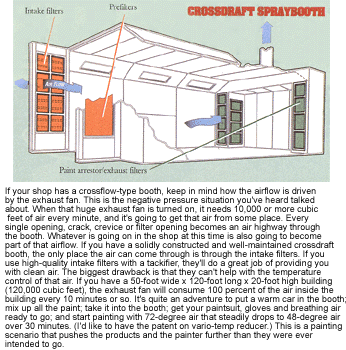
The best you can do here is develop a set of procedures to address the different refinishing scenarios in your shop. For example, wash new panels with soap and water, degreaser and place them on racks prior to applying sealer each day at 10 a.m., 2 p.m. and 4 p.m. After drying, hang these parts in the new parts ready room and wait for the vehicle to arrive in the paint department.
Think of the different operations that may apply to your shop and plan ahead. If you ever have problems, the existence of a disciplined methodology will help you evaluate and pinpoint the source of the difficulty. If you want help laying out methods, talk to your paint supplier. Your supplier, along with the paint company rep and even paint school instructors, can offer a wealth of knowledge to assist you.
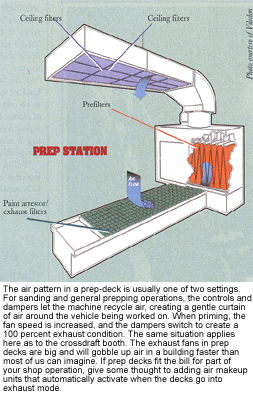
He Who Paints
We can talk about cars. And we can spin great yarns about perfect, dirt-free paint jobs done in barns while the chickens we loaded up with beer slept. I swear – I saw the car! But all of it – the credit and the blame – gets laid on the painter’s plate. The painter is ultimately responsible for every good or bad thing that happens. Because of this, the range of emotions washing over a paint shop in five or six short days can be staggering.
But it doesn’t have to be like this. A painter can take the following steps to do his part when it comes to clean paintwork:
- Keep your work area and tools clean.
- Keep your paintsuit and breathing air assembly in a locker when not in use.
- Keep the paint mixing room and scale clean.
- Tack off the vehicle, gun and hose before painting.
- Keep paint cans, mixing cups and sticks clean and free of paint buildup.
- Follow the booth operator’s guidelines for maintaining the booth.
- Strain paint with metal in-gun strainers. Paper strainers can contaminate paint.
- Learn all you can about your trade and assist in developing consistent, repeatable procedures in your shop.
It can be relatively easy to learn the steps it takes to do a job. But it’s harder to develop a sense of personal pride and discipline in our approach to our job. Every skilled trade has “tell me what you want and I’ll do it” kind of guys. And I suppose it’s OK to be one of those. But a whole bunch of those folks have left the collision repair trade. Let’s face it. It’s becoming a more challenging and more competitive business.
We’ve seen huge shifts in where business is being done in many major U.S. markets. And the consolidation movement isn’t over. As more educated managers come onto the scene, it gets harder to make excuses for work output that isn’t first-rate. And clean paint work is one of the most obvious results of a professional approach to our trade. The old way of thinking was “Hey, it’ll rub out.” But the time it takes to rub, polish and clean up a vehicle is no longer available. The time to address dirt in the paint is long before the vehicle is even painted. The new collision world order doesn’t allow room for excuses. We get to do it once and do it right – or we don’t get to do it again.
Writer Michael Regan is president of The J.J.R. Company in Cleveland, Ohio, and a contributing editor to BodyShop Business.
|
Take It From Him gives us the dirt … on dirt
BSB: How long have you been painting Joe?
Wojciechowski: About 40 years, Mike. It’s hard for me to believe sometimes.
BSB: I’m here to ask you about clean paint work – dirt in paint work. You’ve been around long enough that you’ve seen the shift from “what you see is what you get” to a real concern for minimizing any problem that will have a negative impact on cycle time. Could you offer our readers some thoughts on the topic? Wojciechowski: Without a doubt, a good paint booth is essential. And many underestimate the importance of preparation. I’ve noticed a big difference in the final outcome when we wash the car thoroughly, even the engine compartment. Then we use a liquid masking product to lock in the last bit of dirt before it goes into the booth. We’ll even mask the inside of the engine compartment completely. It makes a big difference. The other thing, Mike, is to make sure you have a clean paint suit and that your equipment is clean. If you’re systematic about the little things, you can often come out with an essentially dirt-free paint job.
BSB: In the course of your week, do you get jobs that don’t require rubbing?
Wojciechowski: I’ve seen cars that we can ship right to reassembly. But even though we go through all the motions – wash the car, clean the booth, wear the suit – I’ve seen us get foreign matter in a paint job.
BSB: From where?
Wojciechowski: Sometimes it seems to come from the gun. Is it inside the paint? A possible issue for us is that we recycle our own solvents. We use the recycled product to wash guns out. I’ve seen little particles of metallic inside the gun while I’m cleaning it. If you know you’re not shooting a metallic color, it can be a cause for concern.
BSB: And when we get that solid black Jag or Caddy, we’re in the jackpot? Wojciechowski: Or that white pearl Lexus. They don’t look good with black dots. You wonder where it came from. Often it seems to be between the pearl and the clear.
BSB: I find it amusing – and I spent many years painting – that in this trade we seem to be held to a higher standard than the medical community. You can go to one of Cleveland’s great hospitals and before surgery, they let you know and make you sign a document that makes it clear that medicine isn’t an exact science. You might not even survive this procedure. Yet we’re expected to be perfect.
Wojciechowski: (Laughing)
BSB: You’re laughing Joe, but we’ve all seen people (vehicle owners) go crazy.
Wojciechowski: That’s absolutely right. Today when people start spending 60, 70 or $80,000 for a car, they expect a lot. Over the course of a lifetime, they might spend more on vehicles than they originally did for their house. We need to at least understand how this works.
BSB: Your shop has a couple of fairly modern spraybooths. How’s the maintenance handled?
Wojciechowski: We have an outside company come in. They do a good job changing filters; I notice that during painting or baking. It’s like watching a child grow – you don’t realize the change because it’s so gradual. All of a sudden the boss says, “Joe, these paint jobs are dying back.” They’ve been dying at a slow pace. You get used to looking at that, and then you hit yourself in the head and say, “Hey, there’s got to be a reason for this.” Maybe we’re not getting the airflow we need. Pull the furnace filters out – jammed with dirt, change ’em and we’re back to a glossy finish for awhile. Everything plays a part in the final finish on the vehicle. From the beginning, washing it down, changing the filters, washing the floor, and keeping yourself and your equipment clean.
BSB: In your shop, is there a system to review procedures in your paint department?
Wojciechowski: I think what happens – and as I said, it’s like a child growing up and you don’t realize the difference – when we finally realize that we’re rubbing more and repairing our own work, we say, “Wait a minute!” You’ve got to step back and look for the problem. Maybe there are three problems. It’s not a day-to-day or month-to-month evaluation. It seems like we wait until there’s an issue and then we address it. Every shop will handle this differently. All the parties – management and techs – have to find a method of review that works constructively in their shop. You May Also LikeAuto Refinish: Are You a Custom Painter?What constitutes custom paint? And what’s the difference between custom painting and collision painting? If you’re reading this, you’re likely in the automotive industry. If you’re in the industry, you’re likely a gearhead. As a gearhead, you’ve probably seen all manner of “custom paint.” Before we get into what constitutes custom paint, I think we first need to pay respect to the father of custom paint, Jon Kosmoski. Most of you have probably heard of House of Kolor as a supplier of custom colors and products — Mr. K started the business in 1956. Let that sink in for a minute. Proper Paint Prep: Foundational IntegrityStay faithful to these paint prep fundamentals, and you’ll be able to avoid redos and comebacks.  Auto Body Refinish: The Liability of PaintRepairers don’t think about it, but there is liability associated with paint that could land them in court as defendants.  Auto Refinish: Accepting the ChallengeIn order to overcome refinishing challenges, one must first understand the issues encountered.  P&M Profitability: Examining the MetricsIf we are not profitable with paint and materials, then the stark reality is that we are paying to fix the car.  Other PostsHospeco Brands Group: Products for the Safety of the User & VehicleHospeco Brands Group has a huge variety of products that protect the technician and also protect the vehicle. 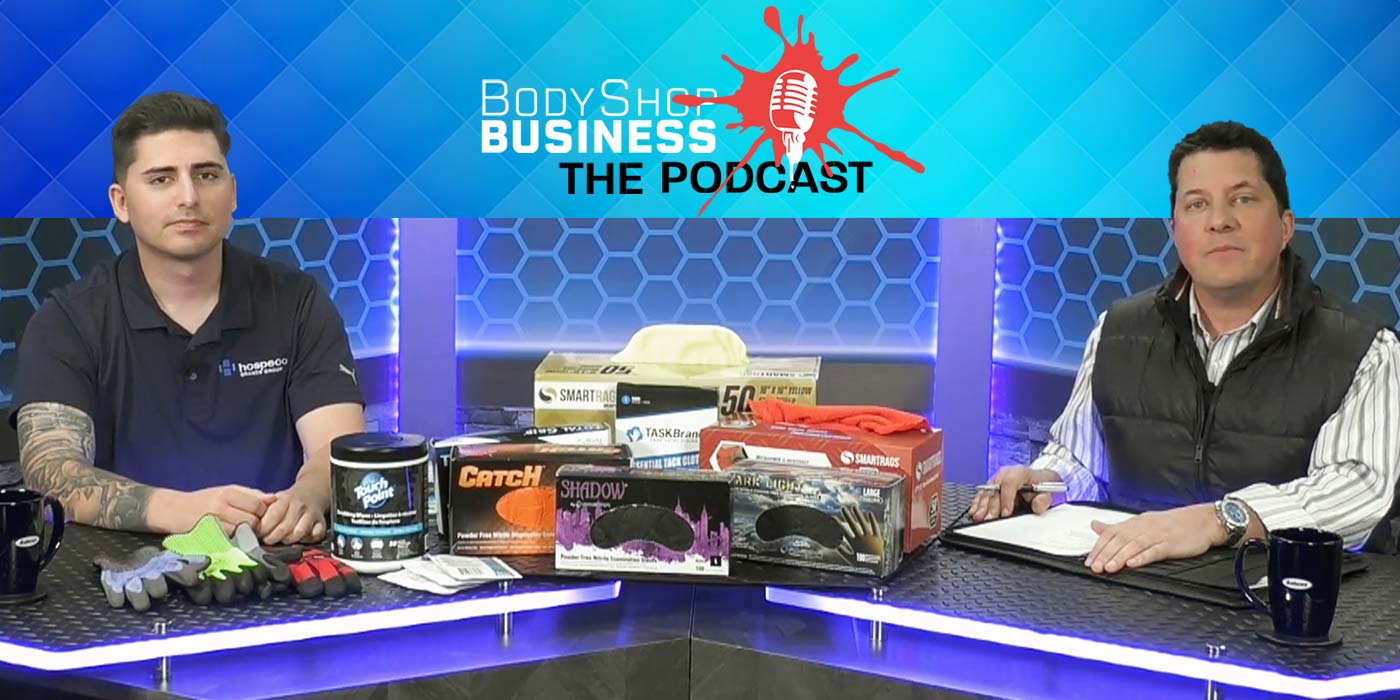 4th Annual Hood Master Event Sets New RecordsFinishMaster hosted 350 guests at the 4th annual Hood Master and PiN Master Challenge showcasing the skills of collision painters. 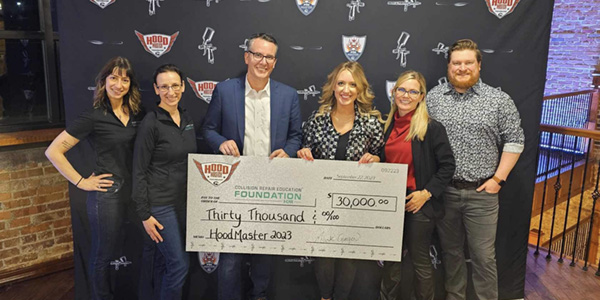 S & G Tool Aid Introduces New Blow GunThe Turbo Tornado Blow Gun delivers the air flow you need when and where you need it. 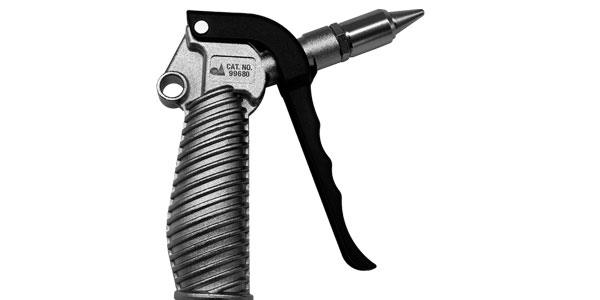 Paint Prep Fundamentals, Part 2Paint prep fundamentals: sanding, cleaning, masking, priming, block sanding and blend panels. 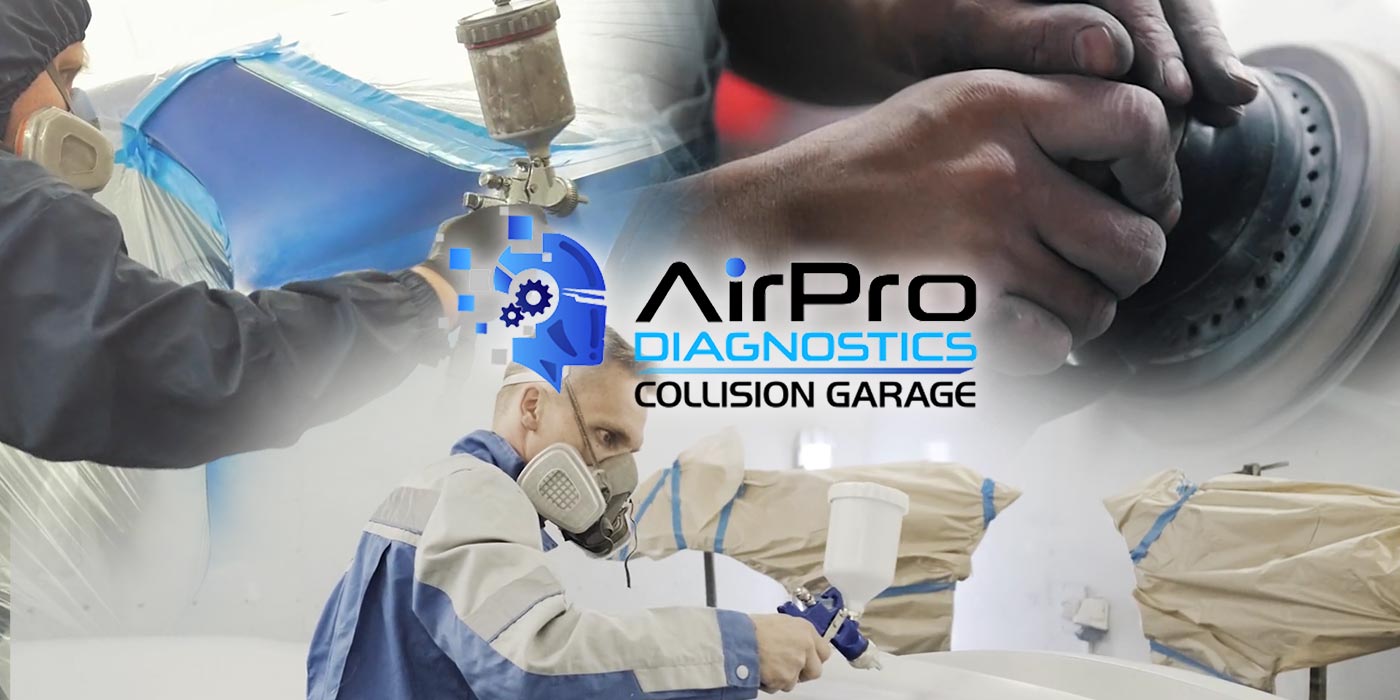 |





